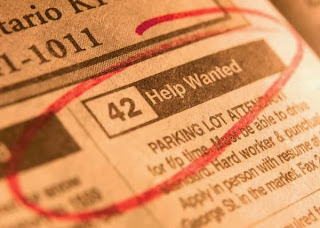Take It or Leave It?

While each situation is different, in my experience leaving a job brings with it nearly as much paperwork as joining a new employer. Granted, you’re not asked to wade through a kit of enrollment materials, and the number of options are generally fewer, but you do have to make certain benefits-related decisions, including the determination of what to do with your retirement plan distribution(s). Unfortunately, even in the most amicable of partings, workers have traditionally lacked the particulars to facilitate a rollover to either an individual retirement account (IRA) or a subsequent employer’s retirement plan—and thus, the easiest thing to do was simply to request that distribution be paid to him or her in cash. Over the years, a number of changes have been made to discourage the “leakage” of retirement savings at job change: Legal thresholds for mandatory distributions have been set; a requirement established that distributions between $1,000 and $5,000 on which instructions a...


